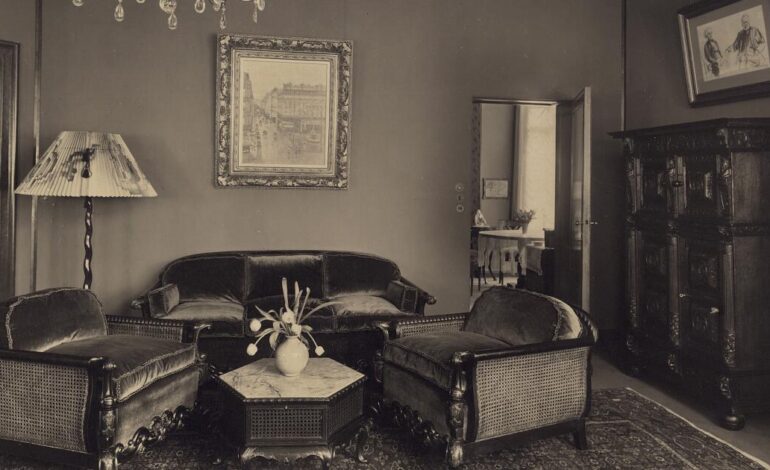California Takes Legal Stand for Holocaust Art Recovery

California has re-entered a legal battle in federal court to secure the return of a valuable Impressionist painting looted by the Nazis almost 90 years ago. The case centers on the painting, “Rue Saint-Honoré in the Afternoon. Effect of Rain,” by Camille Pissarro, currently held by the Thyssen-Bornemisza Collection in Spain. The state is advocating for the rights of the Cassirer family, who have long sought the return of the artwork originally owned by Lilly Cassirer Neubauer, a Jewish woman who surrendered it to Nazi appraisers in 1939 to escape Germany.
California has consistently supported the Cassirers since they filed their claim while residing in San Diego in 2005. Last year, the state passed a new law aimed at enhancing the legal rights of families affected by genocide or political persecution to reclaim stolen property. On October 2, 2023, California Attorney General Rob Bonta filed a motion to intervene directly in the case to defend this law, which the Thyssen-Bornemisza Collection has challenged as unconstitutional.
Bonta emphasized the importance of the law, stating, “There is nothing that can undo the horrors and loss experienced by individuals during the Holocaust. But there is something we can do… to return what was stolen back to survivors and their families.” He reiterated California’s commitment to justice for victims of stolen property, affirming that his office has supported the Cassirers’ quest for nearly two decades.
The Thyssen-Bornemisza Collection, owned by Spain, contends that the new California law should not apply to this case. Thaddeus J. Stauber, an attorney for the museum, did not respond to inquiries regarding the matter but did not oppose California’s intervention.
The legal conflict has significant implications for the future of art restitution and the rights of victims of Nazi looting. The painting is estimated to be worth tens of millions of dollars, and both parties acknowledge that it was unlawfully taken from Lilly Cassirer Neubauer. After World War II, Lilly received minimal compensation from the German government, but her family maintained their claim to the artwork, which they believed was lost at the time.
In a surprising turn, Lilly’s grandson, Claude Cassirer, discovered in 2000 that the painting was part of a vast collection acquired by Spain from Baron Hans Heinrich von Thyssen-Bornemisza, a figure with links to the Nazi regime. Claude initiated legal proceedings in 2005 after the museum refused his request for the painting’s return.
California’s new law was enacted in response to a ruling by the U.S. 9th Circuit Court of Appeals, which had determined that the painting was lawfully owned by the Spanish museum. The court’s January 2024 ruling indicated that a historical Spanish law allowed title to stolen goods to pass to new owners who were unaware of their stolen status. This legal framework is at the heart of the ongoing dispute.
In September 2024, Governor Gavin Newsom signed the new law during an event at the Holocaust Museum LA, with Lilly’s great-grandson, David Cassirer, in attendance. The family expressed gratitude towards state lawmakers for their support in the fight for justice.
Following California’s legislative actions, the Supreme Court ordered the 9th Circuit to reconsider its previous ruling in light of the new law. In September 2023, the Thyssen-Bornemisza Collection filed a motion requesting the appellate court to reaffirm its ownership of the painting, arguing that California’s law undermines due process and disrupts federal efforts to maintain consistency in international relations regarding property laws.
David Cassirer, currently the lead plaintiff after Claude’s passing in 2010, countered the museum’s arguments, asserting that California law should favor the family’s claim. He stated in his court filings that “a thief cannot convey good title to stolen works of art,” emphasizing the family’s rightful ownership.
Assemblymember Jesse Gabriel, who sponsored the legislation, praised Bonta for his defense of the law, which he described as part of a long-standing quest for justice. He noted that California must stand on the right side of history in addressing the injustices faced by victims of stolen art and property.
The ramifications of this case extend beyond the immediate parties involved, as it could set a precedent for the future of art restitution and the legal rights of families affected by historic injustices. As the case continues to unfold, all eyes remain on California’s efforts to reclaim what was lost and to bring some measure of justice to the Cassirer family.






